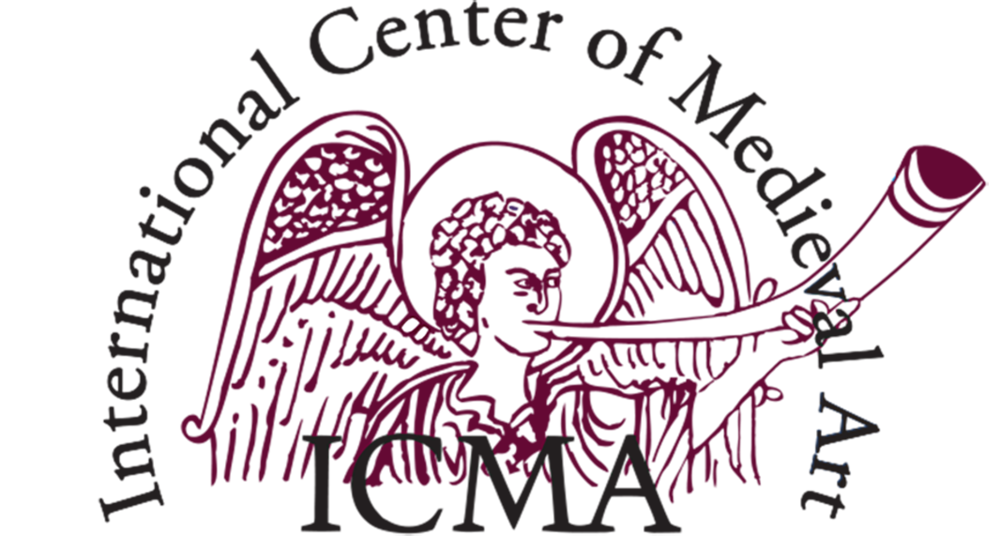Medieval Coming Attractions, 2024-25
An online event presented by the Friends of the ICMA
Thursday 12 September 2024
12pm ET (18:00 CET)
Register HERE
Please join the Friends of the ICMA for the latest in a series of special online events on Thursday 12 September 2024 at 12:00pm ET (18:00 CET). The hour-long program will preview three medieval exhibitions, each introduced by its curator.
Siena: The Rise of Painting, 1300–1350 (13 October 2024– 26 January 2025; The Metropolitan Museum of Art), curated by Stephan Wolohojian, examines an exceptional moment at the dawn of the Renaissance and the pivotal role of Sienese artists—including Duccio, Pietro and Ambrogio Lorenzetti, and Simone Martini—in defining Western painting. While Florence is often positioned as the center of the Renaissance, this presentation offers a fresh perspective on the importance of Siena, from Duccio’s profound influence on a new generation of painters to the development of narrative altarpieces and the dissemination of artistic styles beyond Italy. Drawing on the collections of The Met and the National Gallery, London, as well as rare loans from dozens of other major lenders, the exhibition includes over 100 works (paintings, sculptures, metalwork, and textiles) ranging from large works for public display to intimate objects for private devotion.
Silk Roads (26 September 2024 – 23 February 2025; The British Museum), co-curated by Sue Brunning, departs from the popular, romanticised image of camel caravans crossing deserts, trading silk and spices from Asia to Europe. Drawing on recent research and scientific analysis, it explores the sprawling networks that connected Asia, Africa and Europe, focusing on a defining period between c. 500 to 1000 CE. Their arteries ran in all directions by land, sea and river, carrying people, objects and ideas which were exchanged in many contexts besides trade. Magnificent worldwide loans will join objects from the Museum’s collection, providing an unmissable opportunity to see treasures from the length and breadth of the Silk Roads in one room, in conversation with each other. The exhibition is the first in the Museum’s history to have a team of curators from different specialisms, collaborating with each other and their intellectual networks.
Wonders of Creation: Art, Science, and Innovation in the Islamic World (7 September 2024–5 January 2025; San Diego Museum of Art), curated by Ladan Akbarnia, explores intersections of art and science in Islamic intellectual and visual culture from the 8th century to the present, using the lens of “wonder” as defined by an influential 13th-century Islamic cosmography. Written in Arabic and Persian by Zakariyya ibn Muhammad al-Qazwini, The Wonders of Creation and Rarities of Existence catalogues the marvels of the universe in a single, richly illustrated book. Over 200 works, including manuscripts, astrolabes, magic bowls, luster dishes, architectural elements, and contemporary art, evoke sentiments of wonder inspired by the text. Following the cosmography’s framework through the celestial and terrestrial realms, topics such as astronomy, astrology, natural history, alchemy, medicine, and geometry are explored through objects from Spain, North Africa, and the Middle East to Central, South, and Southeast Asia and the modern diaspora.
The panel will be introduced and moderated by Leslie Bussis Tait, Chair of the Friends of the ICMA.
Please feel free to notify colleagues and friends who may not be ICMA members about this event.
For questions, please contact icma@medievalart.org
Register HERE
Images (left to right):
(1) Duccio di Buoninsegna, Madonna and Child, Tempera and gold on wood, ca. 1290-1300. Metropolitan Museum of Art, 2004.442. (2) Cross-shaped brooch with Islamic seal, Ballycotton, Ireland, late 8th-early 9th century.© Trustees of the British Museum. (3) Alexander questions the philosopher, physician, and the goblet, folio possibly from a manuscript of the Khamseh (Quintet) of Nizami. Mughal India, ca. 1610. Ink, opaque watercolor, and gold on paper. The San Diego Museum of Art, Edwin Binney 3rd Collection, 1990.328.

